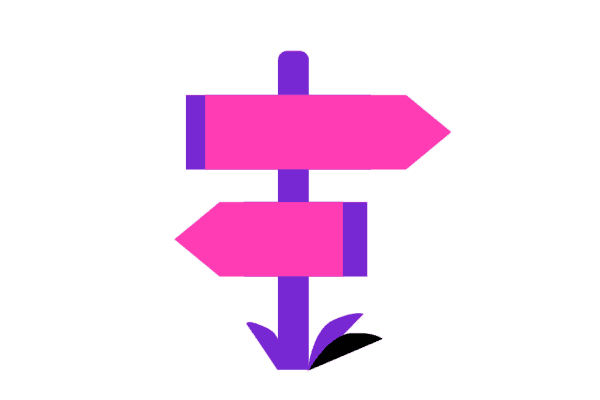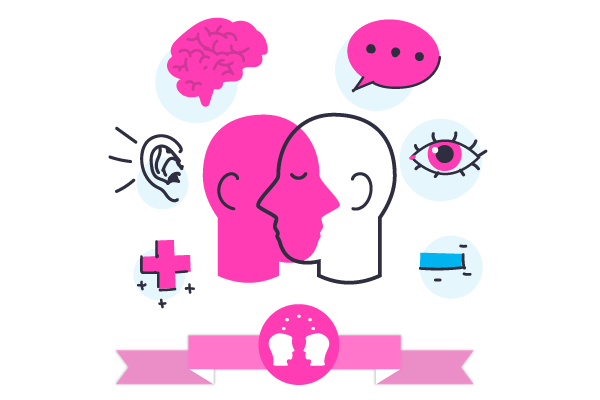The latest edition of the FLiP Challenges is about “Entrepreneurship”. Together with Erste Bank and IFTE, we developed a concept that for the first time includes two technologies. The journey starts as usual in the browser with the “Web Challenge”, a playful introduction to entrepreneurial thinking. Afterwards, students can continue the challenge alone or as a group in the “Entrepreneurship App,” which can also be played in the browser. The app guides students through the design thinking process and shows how ideas can be successfully implemented.
© FLiP | Erste Financial Life Park
Part 1: Web Challenge with Gamification
Playful introduction to the topic of entrepreneurship.
What have others done? What can I learn from them?

Ideas
Who’s behind them?

Tackling the Task
How to implement ideas?

Money & Risk
What should I keep in mind?
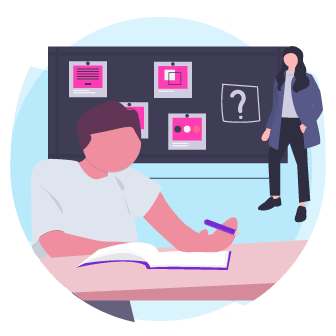
Role Models
What can I learn from others?
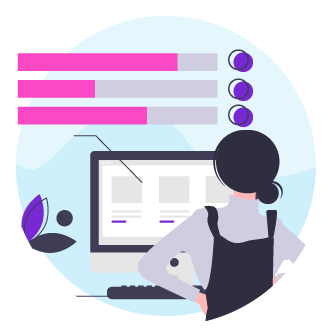
Self-Assessment
How do I measure up?

My Result
This is me!
With the help of multimedia storytelling, we offer a mix of exciting information about entrepreneurs and their stories, and at the same time, points and badges (achievements) can be earned in three modules through gamification.
At the end of the web challenge, the students can compare their entrepreneurship knowledge with each other and also evaluate their skills and talents with a self-assessment tool.

Part 2: Design Thinking App
Identify challenges – ask the right questions – define needs – develop and implement your own ideas.
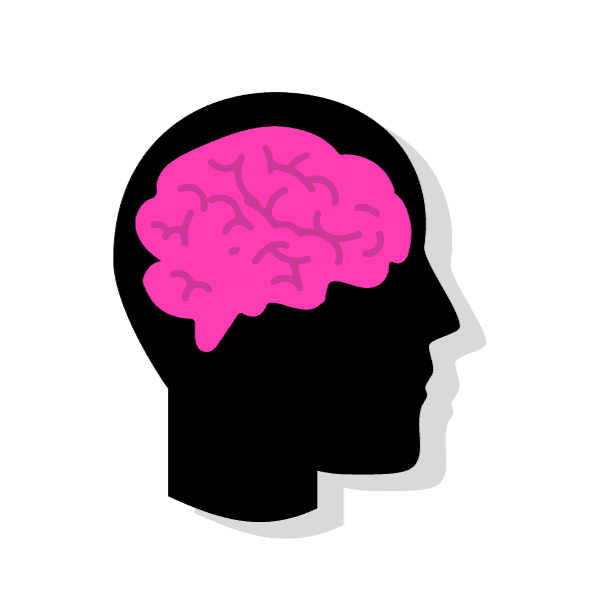
While the first part of the challenge can be optimally played alone at home in preparation for lessons or in home schooling, working in groups is recommended in the further course. The app is available free of charge in the Apple AppStore and on Google Play and is divided into three phases:
- Design Thinking – Introduction
- Design Thinking – Application
- Competence check
Design thinking is a method or process for creative problem solving. The first step is to observe, identify and understand the needs of the target group. Insights gained from this are the starting point for the actual idea generation. By creating and testing prototypes at an early stage, ideas are quickly implemented and evaluated.
The focus is less on working out ideas in detail and more on extensive experimentation and gathering new insights. By repeating and alternating the different steps, an increasingly better understanding of the problem and possible solutions emerges.
In the competence check, users answer 20 questions to better assess their own skills. The evaluation is not public.
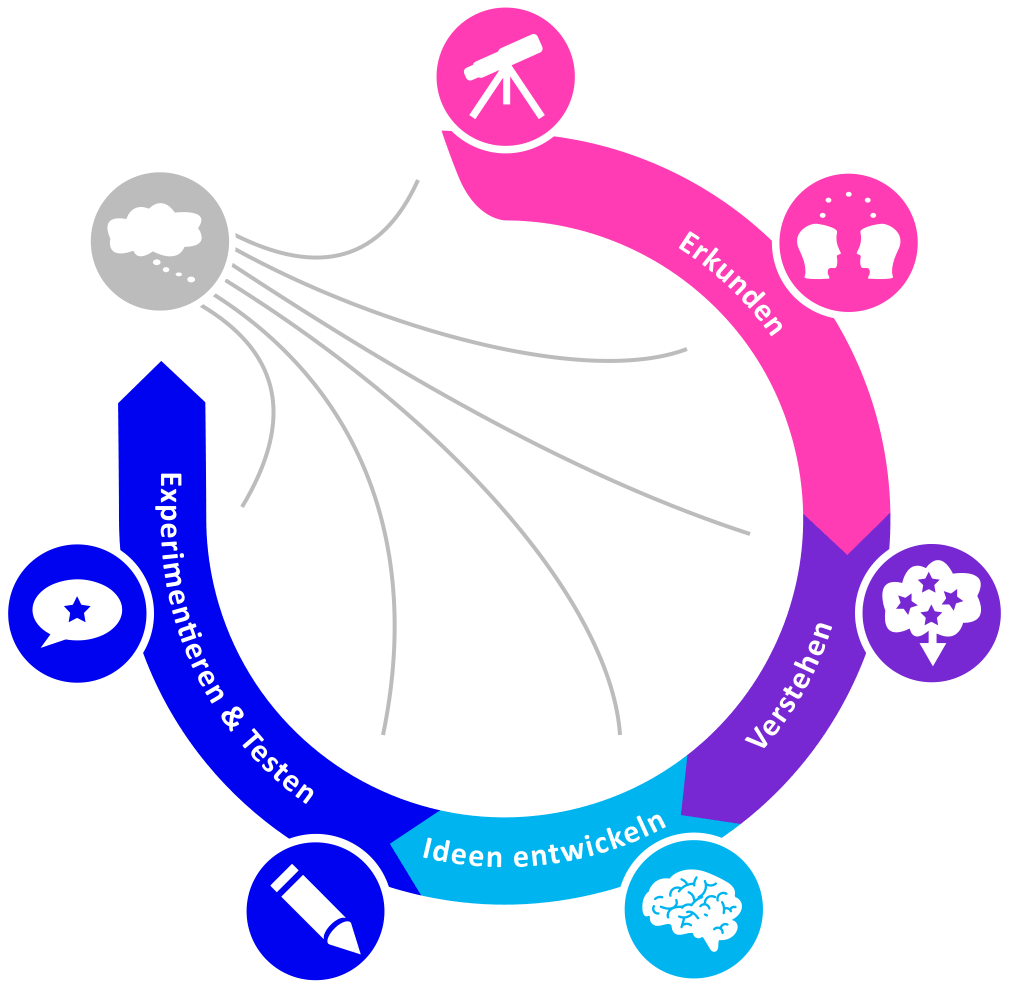
For the young target group, access is very open and designed in a playful way. An explicitly desired culture of erring and intelligent learning algorithms make learning fun.

